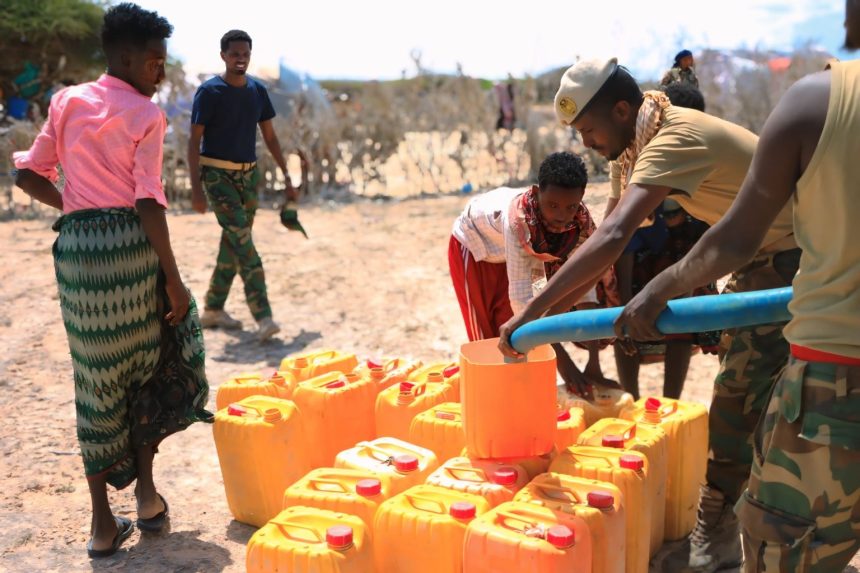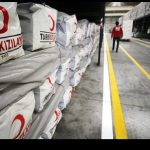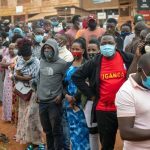By: Mohamed Hassan
When we discuss terrorism, the focus often falls on large-scale, dramatic acts of violence. However, in Somalia, Al-Qaeda’s affiliate, Al-Shabaab, wages a campaign that is more insidious and deeply personal. This is not merely a conventional military conflict; it is a strategic war against the fabric of Somali society, targeting its infrastructure, education, places of worship, and civilian population.
A Guerrilla in Civilian Spaces
Al-Shabaab rarely engages in open combat. Instead, its tactics involve embedding militants within civilian environments, using schools, mosques, and residential areas as fortified positions. By forcing civilians to act as human shields, the group erases the distinction between combatants and non-combatants, nullifying any claim to legitimacy.
This approach is reflected in casualty data. According to the UN Assistance Mission in Somalia (UNSOM), in 2023, Al-Shabaab was responsible for 65% of all recorded civilian casualties (560 out of 854). This is not collateral damage but a deliberate strategy of fear and coercion.
Infrastructure as a Weapon
Al-Shabaab understands that connectivity is critical to societal function. The group systematically destroys bridges, blocks roads, and severs vital infrastructure, isolating entire communities. In the Lower Shabelle region, for example, the demolition of a key bridge in Bariire has cut off residents from markets, healthcare, and humanitarian aid. A similar threat looms over the town of Awdheegle.
The destruction of these essential civilian assets is not an act of military necessity but a calculated act to punish and control populations. Communities are presented with a stark choice: live under militant rule or face isolation and deprivation.
Rebuilding as Resistance
Countering this strategy of destruction, the Somali National Army (SNA) and its international partners have prioritized reconstruction in recaptured areas. Efforts have focused on rebuilding schools, repairing mosques, and reopening markets and key transportation routes. In towns like Sabiid, Anole, and Bariire, these restoration projects are not just symbolic; they are strategic acts of resistance. By restoring essential services and infrastructure, they re-establish the foundations of society that the militants sought to dismantle: faith, education, livelihoods, and communal bonds.
Civilians as the Frontline
Al-Shabaab’s primary target is the Somali people. Survivors’ testimonies document a system of forced displacement, coercive “taxation,” extortion, and the brutal suppression of dissent. The group’s control is maintained through a pervasive climate of fear.
The humanitarian impact is stark. In 2022, political violence and armed conflict resulted in over 6,500 fatalities, a significant increase from fewer than 3,500 in 2021. This surge is largely attributed to Al-Shabaab’s renewed offensive capabilities and subsequent government counter-operations.
The Recruitment of Children
One of the most heinous of Al-Shabaab’s tactics is the exploitation of children. Boys, often between the ages of 12 and 24, are abducted, indoctrinated, and forced into service. A European Union Agency for Asylum (EUAA) report notes that from January to March 2022, Al-Shabaab was responsible for 78.9% of documented cases of child recruitment. In 2020 alone, the group was behind 75% of all child recruitment incidents in Somalia.
These children are not volunteers but captives, often taken from families unable to pay the group’s extortionist fees. They are used in both combat and non-combat roles, including as porters, spies, and logistical support, inflicting cumulative trauma. The UN reports on children and armed conflict have consistently listed Al-Shabaab as a perpetrator of all five “trigger violations” including recruitment, killing and maiming, and attacks on schools.
Propaganda and the Path to Truth
When forced to retreat, Al-Shabaab consistently disseminates misleading propaganda, often blaming the Somali National Armed Forces or international forces for the violence. However, the physical evidence of their actions, destroyed buildings, severed roads, and trafficked children, systematically refutes these claims. The contrast between the group’s polished narratives and the devastation it leaves behind is a testament to its deceit.
The ongoing campaign to liberate towns like Awdheegle represents more than a military objective; it is a moral imperative. By reclaiming this territory, the goal is to restore the dignity of its people and rebuild the social infrastructure. In August 2025, the SNAF and allied forces successfully recaptured Bariire and neutralized over 120 militants, marking a significant shift in momentum. The group’s influence is waning, but the fight for full liberation continues.
The Cost of Indifference
Between 2014 and 2023, explosive violence in Somalia resulted in 14,074 casualties, of which 61% (8,570) were civilians. Improvised explosive devices (IEDs), a signature weapon of Al-Shabaab, accounted for 57% of all incidents and 78% of civilian casualties during this period. These statistics represent more than abstract figures; they are lives, families, and communities devastated by a calculated campaign of violence.
This is an existential struggle for Somalia. Al-Shabaab’s objective is not merely territorial but ideological: to replace Somali self-determination with a tyrannical, extremist vision. The path forward requires a dual approach of force and restoration. Every school reopened, every child rescued, and every crime documented is a decisive step against the militant’s narrative.
A unified front is essential. Every citizen, policymaker, and international partner must reject the false narrative of a simple state-insurgent conflict. The true front line is civilian life. Truth, documentation of crimes, and a steadfast refusal to accept lies are essential. But these must be accompanied by tangible actions, reconstruction, social protection, and rehabilitation. Somalia deserves not just liberation but restoration and justice. The ultimate defeat of Al-Shabaab will be marked not by the end of fighting but by the full reclamation of bridges, schools, mosques, and, most importantly, the future of its children.
By: Mohamed Hassan
Somalia and East African analyst





